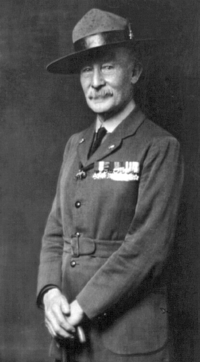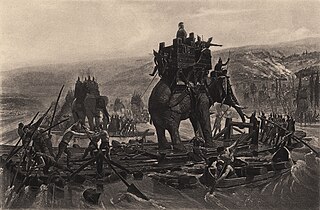February 9 is a nice anniversary for people who like nuclear missiles. Because on this date in 1959 the first ever ICBM became operational, the R-7 Semyorka, at Plesetsk. Yes, you are correct. It was a Soviet weapon. Indeed the reason people panicked over Sputnik, itself a harmless little beeping satellite, wasn’t just that the dang Russkis seemed to be getting ahead in the knowledge economy of the 20th century so American students would have to hit the math books harder or be outproduced and left in the dust. (Yes, that chestnut is getting a little stale; can you go into a frenzy over "STEM" in schools?) It was that precisely the same technology that could put a satellite into orbit could also take a nuclear warhead up there and then release it onto an inexorable unpowered downward "ballistic" course toward, um, your house.
Now it is true that once both superpowers developed reasonably reliable launch-on-warning rockets it created a balance of terror that kept the peace. Absent nuclear weapons I think it is inconceivable that there would not have been a third conventional war in Europe by the 1980s. And there was a certain wilful embrace of neurosis by intellectuals in the 1950s with the imminence of nuclear annihilation as a bit of an excuse. But that’s about all I have to say of an encouraging nature here.
The R-7 is a classic Soviet story in many ways including that its name was always classified so it was code-named SS-6 Sapwood by NATO. (The Soviets always refused to give the names they used for their missiles during strategic arms talks, manifesting a fetish for counterproductive and offensive secrecy that made their general mantra of "trust us" through clenched teeth exceptionally ludicrous.) Apparently they called it by its GRAU index moniker "8K71" when in a formal mood whereas "Semyorka" means "the seven" so R7 Semyorka is a bit of redundant unnecessary repetition of the same thing again. (If you’re wondering, GRAU is the Russian acronym for the Main Missile and Artillery Directorate of the Ministry of Defence, for Glavnoye raketno-artilleriyskoye upravleniye.)
The "Semyorka" was a bit of a beast, weighing 280 metric tons, 112 feet long and burning kerosene plus liquid oxygen. It took 20 hours to prepare for launch, its massive launch system could not be hidden from US spy planes, and it could not stay on alert for more than a day. And it wasn’t very accurate or reliable. In fact it was never deployed operationally although it did get Sputnik up there and led to a family of rockets that got the Soviets into space although never to the moon and in fact failed more often than they succeeded for years.
It didn’t help that the R7s were in Plesetsk, which even Russians might consider to be in the middle of nowhere and with inclement weather unfriendly to construction and machinery. (It’s about 500 miles northeast of Moscow.) But basically the Semyorka was hugely inexpensive, worked really badly and scared other people into making better weapons of their own and regarding the Soviet government as hostile and mindlessly belligerent.
So not a nice anniversary for the rest of us.





